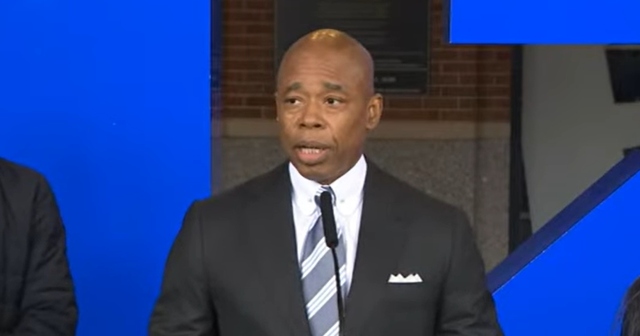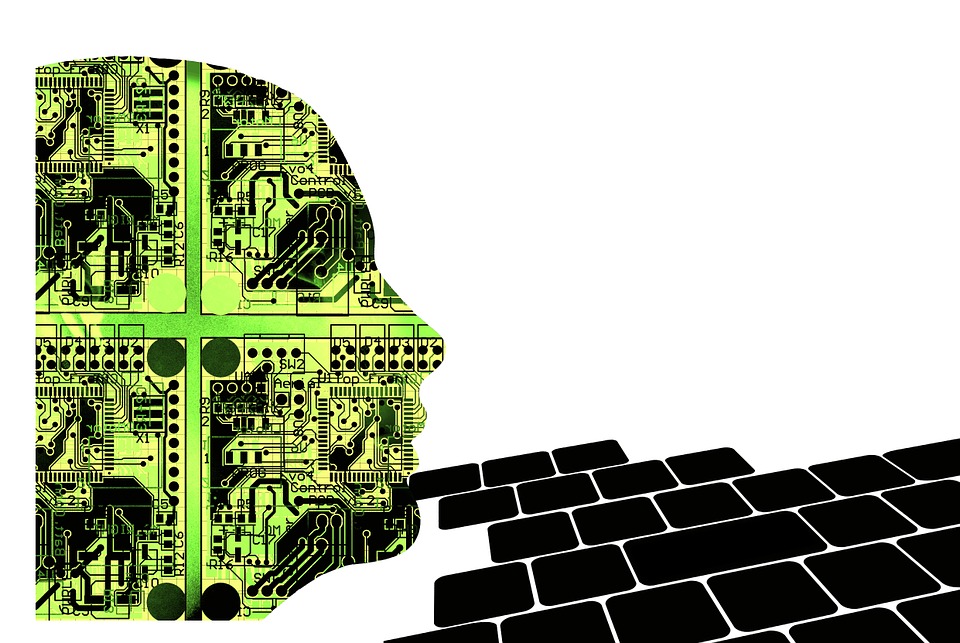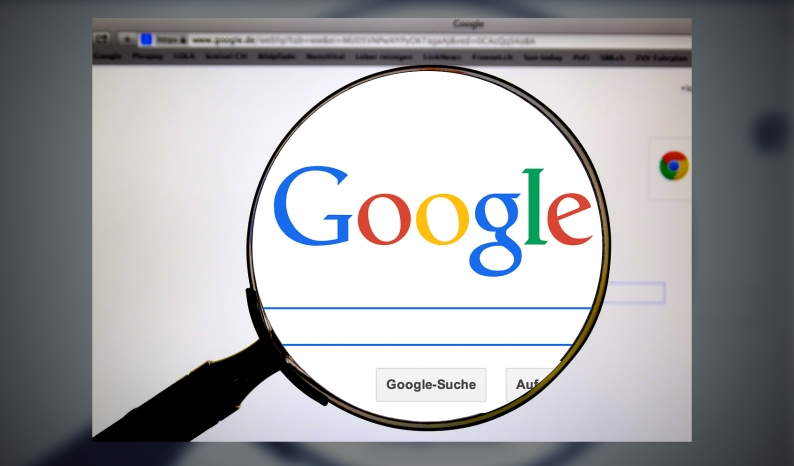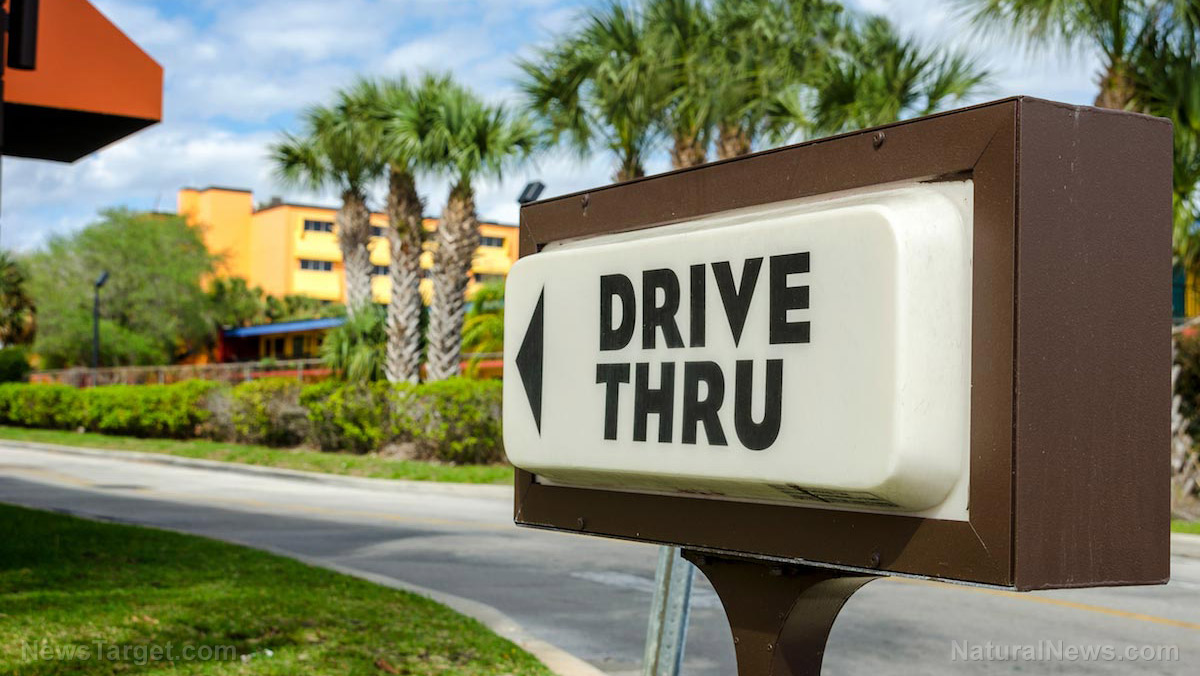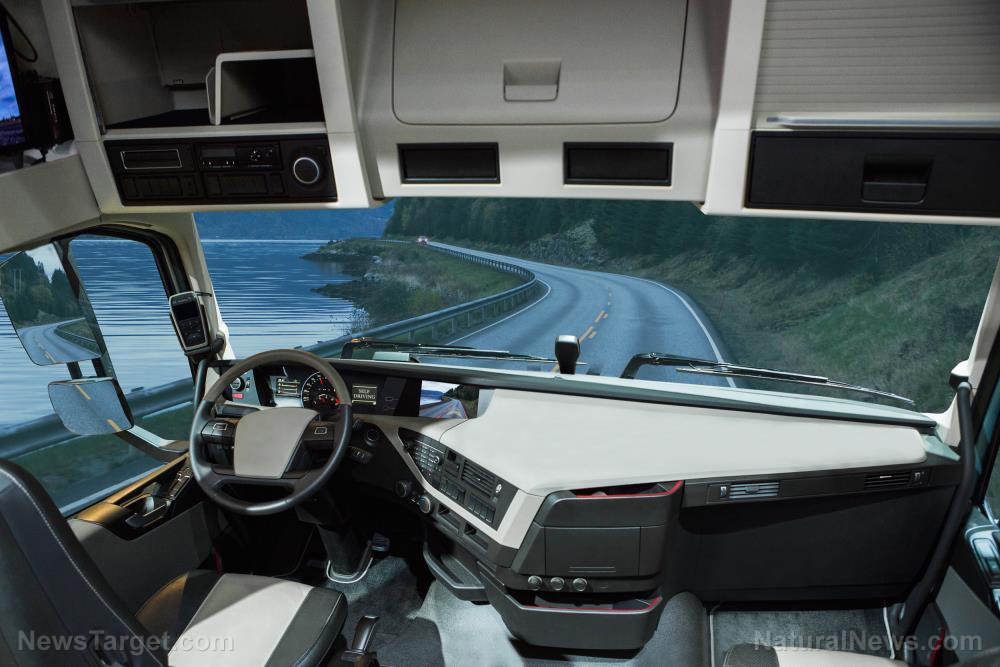
Autonomous cars operate without the need for a human driver. Artificial intelligence drives the car, allowing human passengers to attend to other tasks as they travel. But despite this benefit, Americans prefer driving themselves to work over being transported by an autonomous car, according to a study published in the journal Transportation.
Researchers from the University of Washington surveyed Americans and found that the perceived cost of driving oneself to work is lower than that of a driverless car. The perceived cost reflected public attitude on how efficient or burdensome each trip is.
"The average person in our sample would find riding in a driverless car to be more burdensome than driving themselves," said senior author Don MacKenzie.
Driverless cars worse than personal driving
The first autonomous car developed for commercial use was made by Google. Artificial intelligence (AI) was able to maneuver the car amidst California's toughest roads, including the winding path of Lombard Street in San Francisco.
Not long after the project was launched in 2009, other companies picked up on the potential of autonomous cars. Tesla, Uber and traditional auto-makers such as Ford, General Motors and Nissan started pouring billions into the research and development of these vehicles.
While they might represent the future of transportation, Americans still prefer having a real driver at the wheel.
For the study, the researchers surveyed 502 individuals across the continental U.S. They asked them to choose between a personal car or a ride-hailing service for a 15-mile commute trip. Half of the respondents were told that the ride-hailing service was driverless. Then, the team converted the responses into how much the travel time for each trip would cost.
"The idea here is that 'time is money,' so the overall cost of driving includes both the direct financial costs and the monetary equivalent of time spent traveling," explained MacKenzie.
The team found that the respondents generally preferred a ride-hailing service over driving themselves. Ride-hailing services were perceived to cost 21 dollars an hour while personal driving was perceived to cost 25 dollars an hour.
Furthermore, when respondents were told that they could multitask during a ride-hailing service, their perceived cost of travel time further decreased to 13 dollars an hour. However, when they were told that it was driverless, the perceived cost of travel time ballooned to 28 dollars an hour.
"We believe that our respondents are telling us that if they were riding in an automated vehicle today, they would be sufficiently stressed out by the experience that it would be worse than driving themselves," said MacKenzie.
The team wasn't surprised by the results. They explained that autonomous cars are not yet commercially available. People are not yet familiar with or may be wary of the technology.
Why autonomous cars are not yet available
Several autonomous cars have already been made. But they are not yet released commercially for a variety of reasons.
These cars need a set of sensors to properly navigate the environment. The sensors allow them to track nearby cars and measure distance, speed and direction. But these technologies may not work properly due to adverse weather conditions, heavy traffic or road signs with graffiti on them. For autonomous cars to be considered commercially safe, they need sensors that could work in any environment.
Experts also raised concerns regarding the capability of current AI units to process feedback from sensors. While it's predicted that AI will be able to work as efficiently as humans, at the moment they are not guaranteed to be a safe substitute for all human-related functions.
Furthermore, current regulations on the safety of vehicles do not cover driverless cars. There are emerging international laws but they do not solve the problems highlighted above.
Public confidence is also low; autonomous cars caused accidents before. In 2018, for example, an Uber car on autonomous mode struck and killed a pedestrian in Tempe, Arizona. (Related: Can Ford’s proposed autonomous "Robocop" car be trusted not to shoot innocent civilians?)
All of these factors have to be resolved first before autonomous vehicles will be allowed on the open road.
Learn more about autonomous cars at Robocars.news.
Sources include:
Please contact us for more information.














